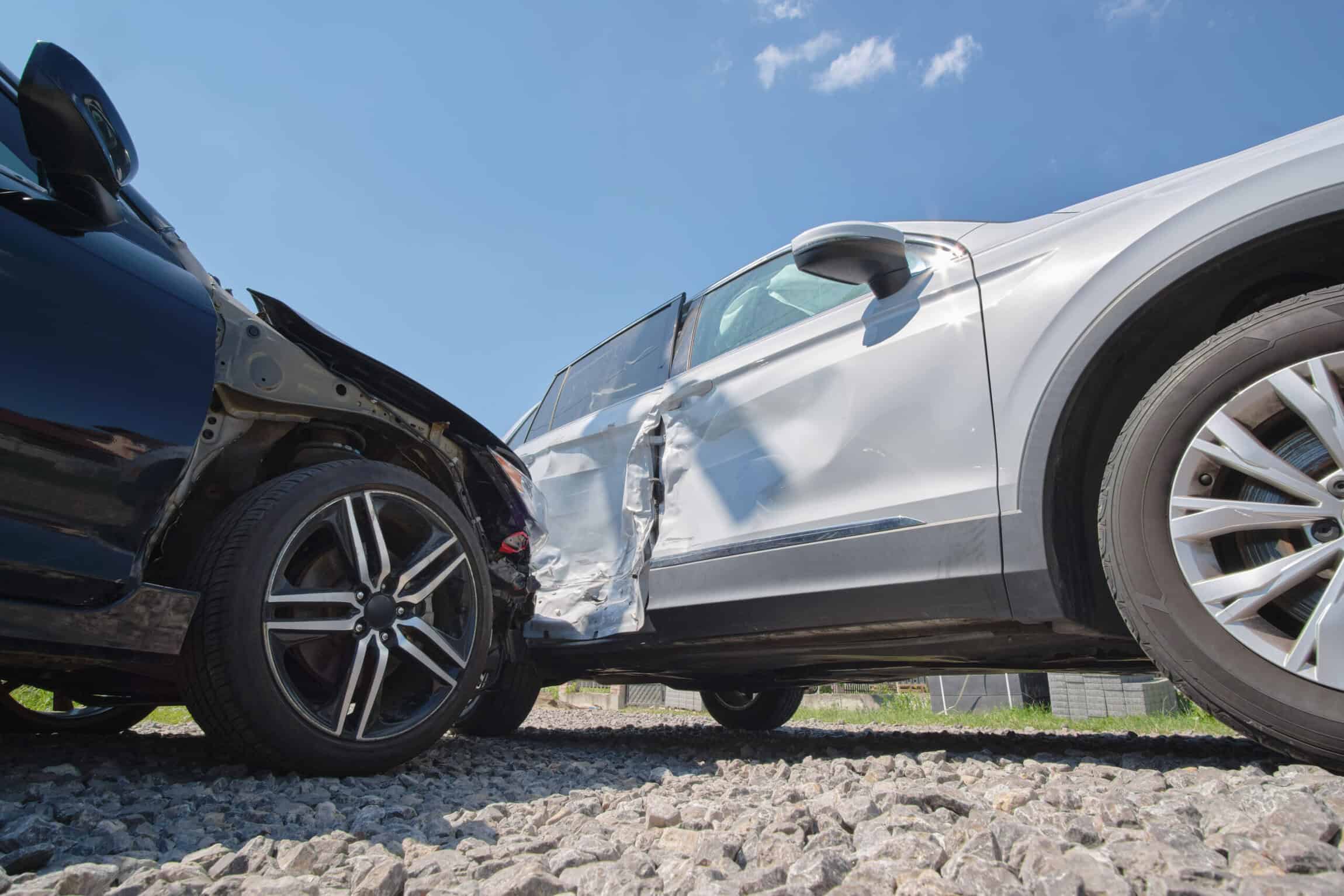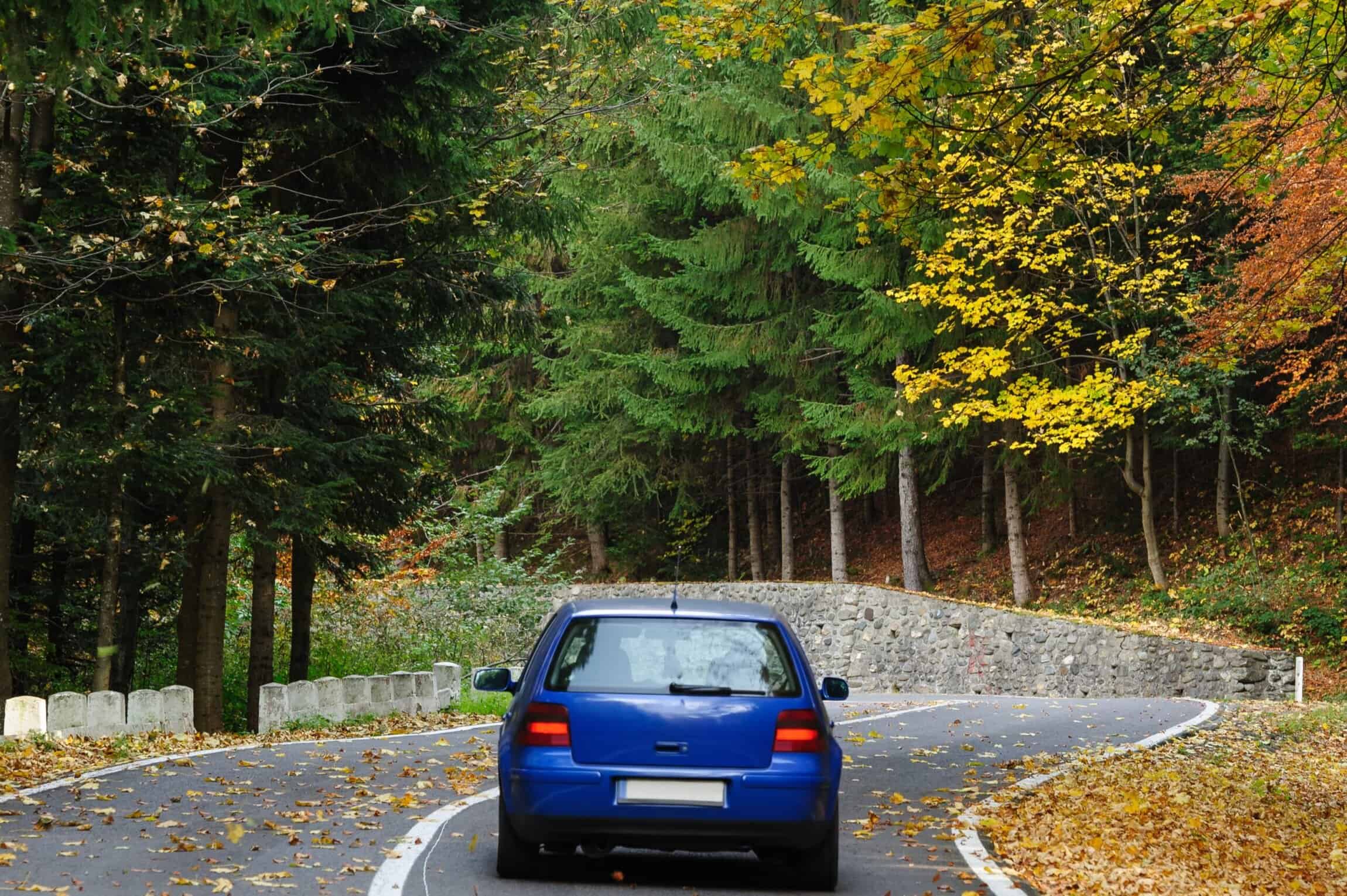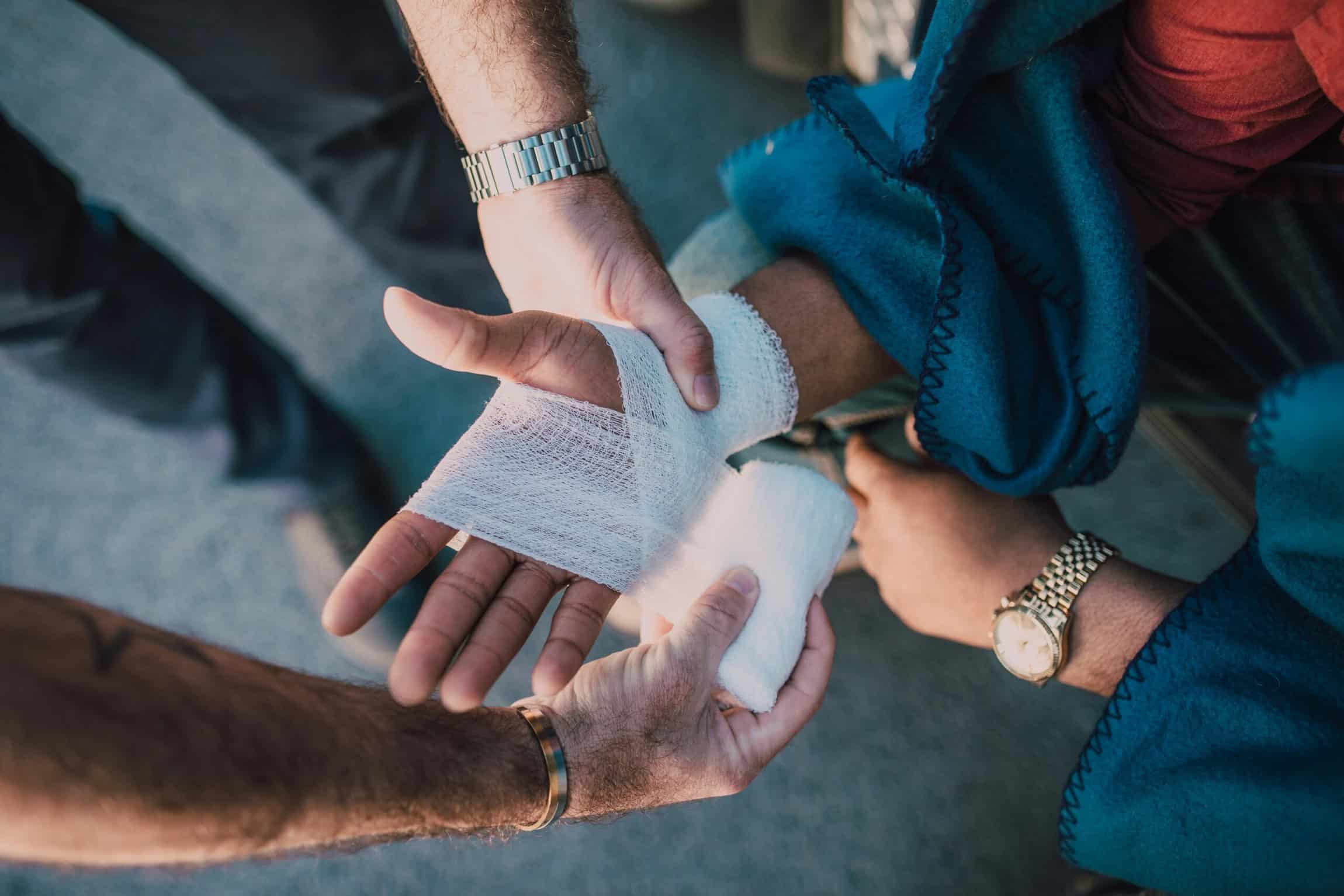In Virginia, the person responsible for a T-bone collision, also known as getting “T-boned”, is usually the driver who drives head-on into the other car’s side. This individual may be negligent for several reasons, including running a light or driving while distracted.
This post explores the issue of T-bone collisions and liability more deeply. It covers negligence and liability in Virginia, the factors determining responsibility in a T-bone collision, and the concept of negligence and its impact in the state. Lastly, we discuss steps to take after a T-bone collision to protect yourself and maximize the likelihood of a successful claim.
Negligence and Liability in Virginia: How Do They Apply In T-Bone Collisions?
Virginia defines negligence and liability in T-bone collisions by determining which driver had the right-of-way when the accident occurred, often finding one driver at fault. Investigators use various forms of evidence, including CCTV, traffic signal records, witness statements, and the nature of the collision to make a decision.
The proximate causes of T-bone accidents are failing to yield at intersections or running red lights. However, background contributing factors can include:
- Texting or phoning while driving: Distraction from mobile devices is a leading cause of accidents.
- Driving under the influence of alcohol** or drugs:** Impairment significantly increases the risk of collisions.
- Driving while tired or distracted by something else: Fatigue and distractions such as children fighting in the backseat can lead to lapses in attention.
- Speeding or failing to see stop signs: Excessive speed reduces reaction times, and missing traffic signals can lead to accidents.
- Problems with vehicle components, such as defective steering wheels: Mechanical issues can sometimes cause accidents, although these are less common.
Investigative teams will consider all these avenues before deciding on fault. In some cases, they may conclude both drivers were in error – a condition called “contributory negligence” discussed below.
Factors that Determine Responsibility in a T-Bone Collision
After a T-bone collision, investigators will examine various factors to determine the responsible party. Inquiries begin by analyzing the party with the right of way. This determination is usually straightforward if there are witnesses or other forms of evidence, but it can be more challenging in isolated locations.
Investigators will also explore the actions of drivers in the moments before the collision. Parties found to be speeding or driving distracted could be found liable. Sudden maneuvers and short following distances are additional considerations. For example, did the following driver provide sufficient stopping distance in case the driver in front applied the brakes?
Infrequently, investigators will explore “mechanical failure” as a cause of the accident. Vehicles can experience brake failure or issues with the steering column, even if mechanics give them a full bill of health, but only in rare cases.
Finally, investigators will consider weather conditions. Dense fog or ice might affect visibility, road grip, or reaction times, making the side impact collision more likely.
At the end of this process, investigators collate the evidence to determine fault. In most cases, one party is deemed liable for negligence, but it can be both.
Legal Rights and Responsibilities of Drivers
Drivers involved in a T-bone collision have specific legal obligations and rights, which are vital to understand:
Duty of Care
All drivers have a legal duty to operate their vehicles safely and follow traffic laws. Breaching this duty, such as by running a red light or failing to yield, constitutes negligence.
Reporting Accidents
In Virginia, drivers must report accidents that result in injury, death, or significant property damage to law enforcement and the Department of Motor Vehicles (DMV). Failure to do so can result in legal penalties.
Liability Laws
Virginia follows contributory negligence laws, meaning if a victim is found to be even 1% at fault, they cannot recover damages. This strict standard makes it imperative to establish the other party’s complete liability. In addition, dealing with the insurance company can be complex, especially when seeking compensation for damages.
Court cases such as Smith v. Jones (2015) have highlighted the complexities of proving fault and the importance of gathering robust evidence. In this case, traffic camera footage and witness testimonies were pivotal in establishing liability, emphasizing the need for comprehensive evidence collection.
Contributory Negligence and Its Impact in Virginia
If investigators determine both parties were responsible, it falls under Virginia’s contributory negligence laws. Unfortunately, if the victim is any percentage at fault, they cannot recover compensation for damages or injuries. However, a passenger who is an innocent victim in an accident may be able to recover from both drivers’ insurance companies.
If the at-fault driver falsely alleges you were also at fault for the accident, the burden is on the at-fault driver to prove the victim was contributorily negligent. In other words, they must show (through evidence) that the collision wasn’t entirely their fault.
Because of this, the burden of proof rests on them. Their attorneys must convince courts and insurers the crash they caused was partially the victim’s fault.
This explains why using a T-bone collision attorney in Virginia is essential. Accident lawyers can tell you what to do after the collision and fight against contributory negligence claims. Getting guidance through the legal system reduces the risk of losing a valid claim. Therefore, consulting with a personal injury lawyer can be crucial to navigate these legal complexities and protect your rights.
Steps to Take After a T-Bone Car Accident
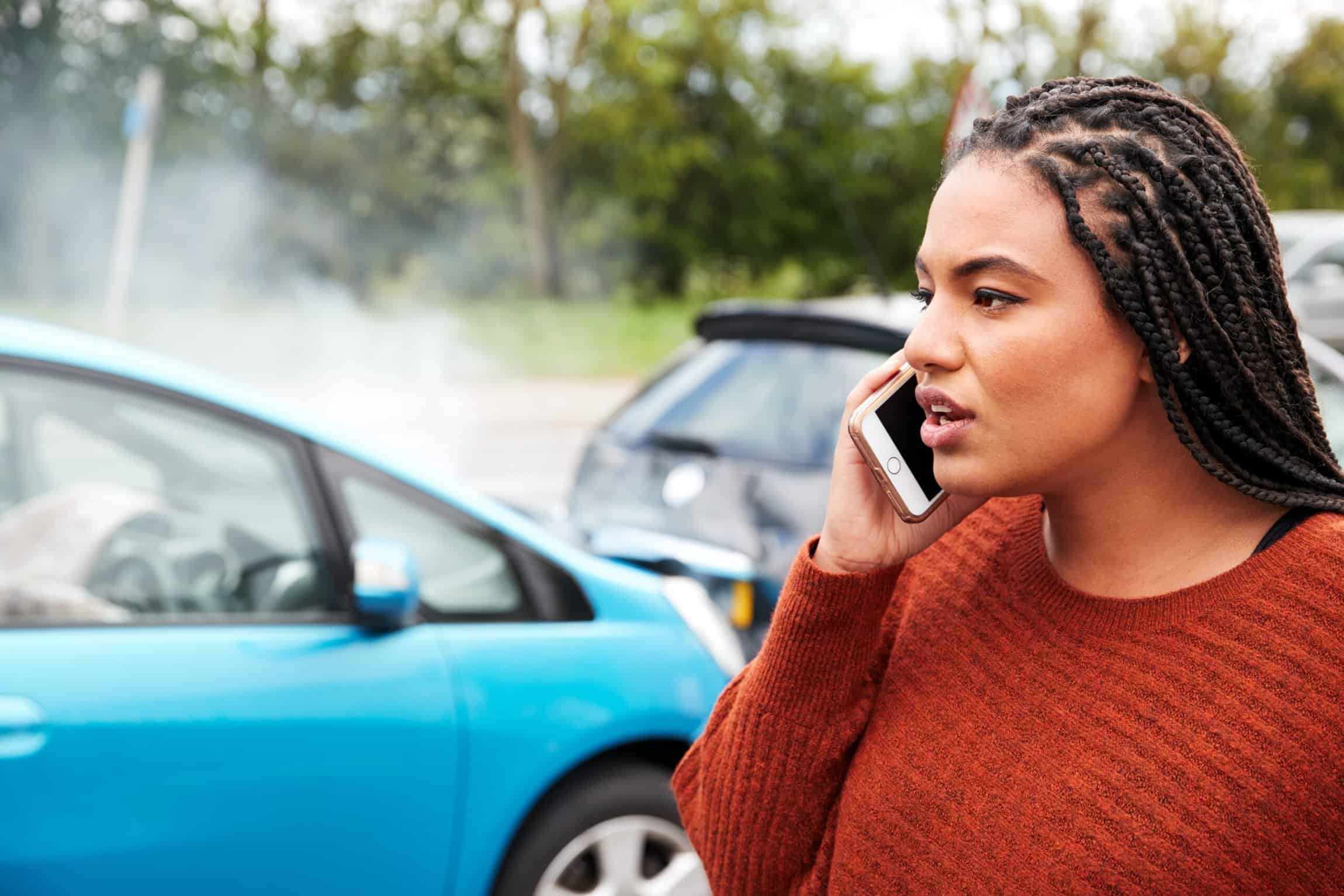
The steps you take immediately after a T-bone collision can determine the likelihood of receiving compensation. Therefore, make it a priority to follow them.
Here are the steps you should take:
- Call accident and emergency services on 911 and direct them to your location: Immediate medical attention can be crucial for your health and documentation purposes.
- Wait for law enforcement to examine the scene: Police reports are essential pieces of evidence in any collision case.
- Talk to bystanders and collect their contact details for later witness statements: Eyewitness accounts can be vital in establishing the facts of the incident.
- Visit the emergency room for a checkup: Even if you feel fine, some injuries may not be immediately apparent. This visit is important not only for your health but also for documenting medical bills that may be necessary for your claim.
- Contact a trusted accident attorney and tell them about your case: Legal advice early on can significantly affect the outcome of your case.
- Listen to the instructions your lawyer provides and answer any questions they ask honestly: Full disclosure helps your attorney build a strong case.
- Follow your doctor’s medical advice: Adhering to medical recommendations is important for your health and legal claim.
- Decline to provide recorded statements to insurance companies: These can be used against you in claims.
- Decline to a blanket release of your medical records: Only relevant medical records should be shared with insurers.
- Do not post on social media about your accident: Social media posts can be used as evidence against you.
Legal Precedents and Statistics
Understanding legal precedents and statistical data can provide more context on T-bone collisions. According to the National Highway Traffic Safety Administration (NHTSA), T-bone collisions account for approximately 13% of all car accidents in the United States. These collisions also account for a significant number of car accident fatalities due to the severe impact. They also tend to result in more severe injuries due to the side impact, which offers less protection compared to front or rear-end collisions.
In Virginia, several high-profile cases have set precedents for how T-bone collisions are adjudicated. For example, in Smith v. Jones (2015), the court ruled in favor of the plaintiff, citing clear evidence from traffic cameras and witness testimonies. This case highlighted the importance of having robust evidence when proving negligence.
Preventative Measures and Safety Tips
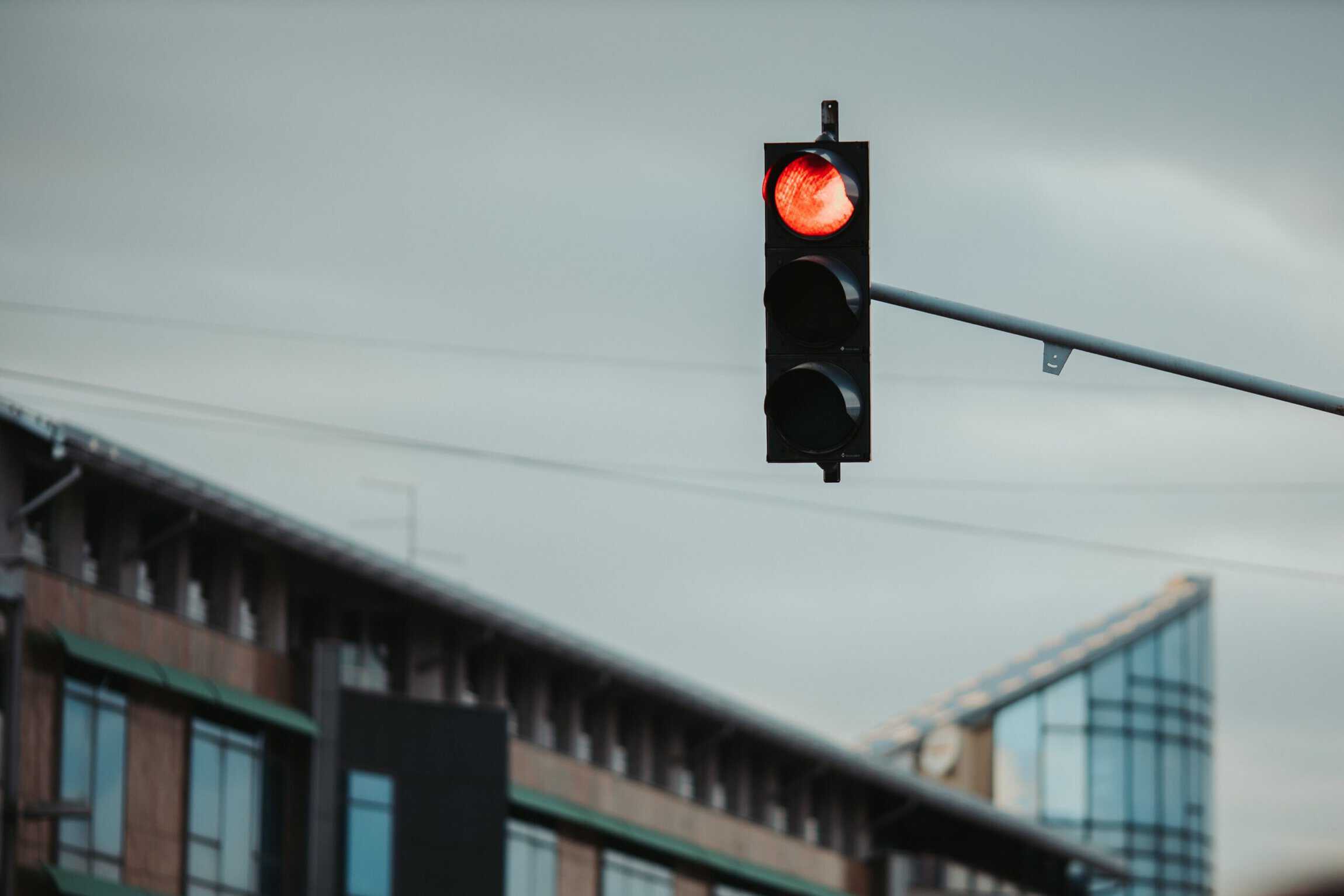
Preventing T-bone collisions involves adopting safe driving practices and utilizing vehicle safety features. These measures are crucial in preventing severe outcomes such as brain injuries, which are common in side-impact collisions.
Safe Driving Practices:
- Avoid Distractions: Refrain from using mobile devices while driving.
- Obey Traffic Signals: Always stop at red lights and stop signs.
- Maintain Safe Speeds: Adhere to speed limits and adjust speed according to road conditions.
- Yield Right of Way: Be cautious at intersections and yield to other drivers when required.
Vehicle Safety Features:
Modern vehicles come equipped with features designed to reduce the impact of collisions, such as:
- Side Airbags: Provide crucial protection in side-impact crashes.
- Collision Detection Systems: Alert drivers to potential hazards and can automatically apply brakes.
- Regular Maintenance: Ensuring your vehicle is in good working condition helps prevent mechanical failures that could lead to accidents.
Intersection Safety:
- Look Both Ways: Always check for oncoming traffic before proceeding through an intersection to avoid a T-bone car accident.
- Proceed with Caution: Even when you have the right of way, be alert to other drivers who may not yield.
- Avoid Sudden Movements: Gradual acceleration and deceleration can prevent sudden impacts.
According to the Insurance Institute for Highway Safety (IIHS), vehicles with advanced safety features and drivers who follow safe practices significantly reduce their risk of being involved in T-bone collisions.
Work With a Virginia Car Accident Lawyer for Your T-bone Collision Case
If you require a car accident attorney in Virginia for your T-bone crash case, call our team at Renfro & Renfro. We can guide you through the process and take care of insurance companies or the opposing party’s legal team for you. Contact us today for a free case evaluation.

